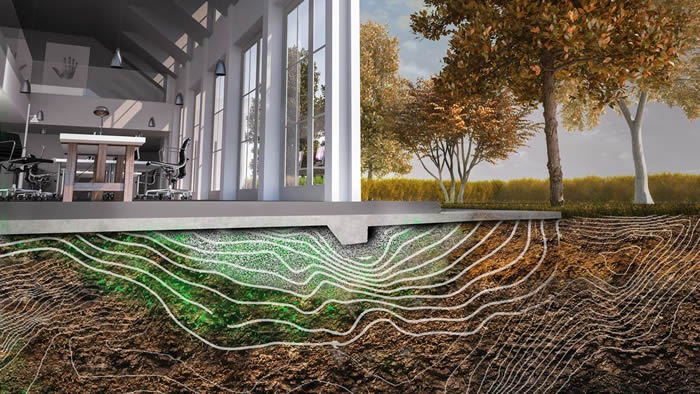When buildings collapse and the land underneath subsides the results can be extremely catastrophic, and quite costly.
But genetically engineered microbes may one day keep that from happening if researchers in the United Kingdom are successful.
A research team in the UK are working and trying to develop a ‘thinking soil’ so effectively the soil thinks for itself.
A concrete-repairing bacterium- BacillaFilla created by undergraduates for a synthetic biology competition, inspired a biodesigner and his colleagues, who have been pushing hard to develop biocement, a material that custom-built soil microbes would produce in response to the changing pressures in soil to help shore up the ground under foundations.
Eventually the team grew a common gut bacterium in surrogate soil- a ‘hydrogel’ shaped into a cylinder. They subjected the bacteria-laden hydrogel to pressures up to ten times that experienced at sea level.
They identified 122 bacterial genes that increased their activity by at least threefold by the pressure change. The team then modified the bacterial genome so that the regulatory DNA responsible for activating one of these genes was attached to a gene for a protein that glows when produced.
The more pressure exerted on the microbe, the more intensely it glows, the scientists will report on October 29th at the Association for Computer Aided Design in Architecture conference in Ann Arbor, Michigan.
In addition, at the meeting, they will describe a computer program that predicts how the microbe will react to forces, such as water pressure, transferred through soil under a building foundation (as depicted in the illustration).
Ultimately the researchers plan to replace the glowing protein gene with genes that make biocement, creating ‘thinking soil’ that will keep buildings safe and be a self-constructing foundation. The effort is part of a growing movement to incorporate biology into architecture.
More information: Science Translational Medicine.


Comments are closed, but trackbacks and pingbacks are open.